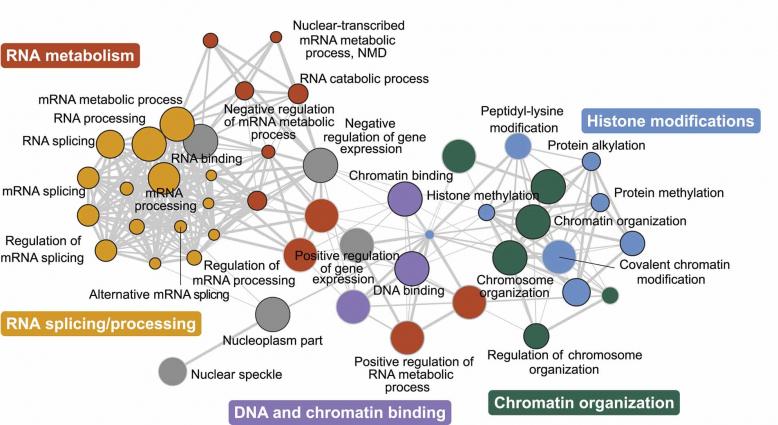
Unlocking the Mystery: New Research Identifies Autism Gene Link
New research from the University of Minnesota Medical School has shed light on the complex world of autism genetics.
Recent findings published in Nature Neuroscience suggest that different genetic forms of autism may share a common neural signature, despite their unique genetic origins. By using brain-recording technology, scientists observed that autism-linked mutations impact how expectations are updated during decision-making. This research offers a deeper understanding of the biological pathways involved in autism spectrum disorders.
The study, conducted with preclinical models, discovered that autism-linked genes affect specific brain cell types, including a subtype of interneurons and layer 5/6 excitatory neurons. These genes lead to changes in gene expression levels, such as heightened immune signaling and altered neuronal marker expression.
Furthermore, a collaboration between UC San Francisco and UC Berkeley researchers revealed a potential disruption in prenatal neurogenesis as a contributing factor to the development of autism. This groundbreaking study showcases how specialized progenitor cells giving rise to new brain cells may play a crucial role in autism susceptibility.
One of the key findings of this research is the identification of 14 brain connectivity-associated genes enriched in synapse-related terms. Among these genes, NFKBIA, WNT10B, and IFT22 were implicated in ASD for the first time, highlighting the significance of gene expression in understanding autism pathology.
Moreover, whole-genome transcriptome studies on post-mortem brain tissues uncovered upregulated inflammatory genes in the ASD brain, resembling an autoimmune T-cell mediated signature. This supports the theory of immune system dysregulation playing a part in autism spectrum disorders.
Overall, this cutting-edge research provides valuable insights into the genetic underpinnings of autism and opens up new avenues for further exploration into the molecular mechanisms driving this complex neurological condition.




.png?width=1200&height=630&fit=crop&enable=upscale&auto=webp)

